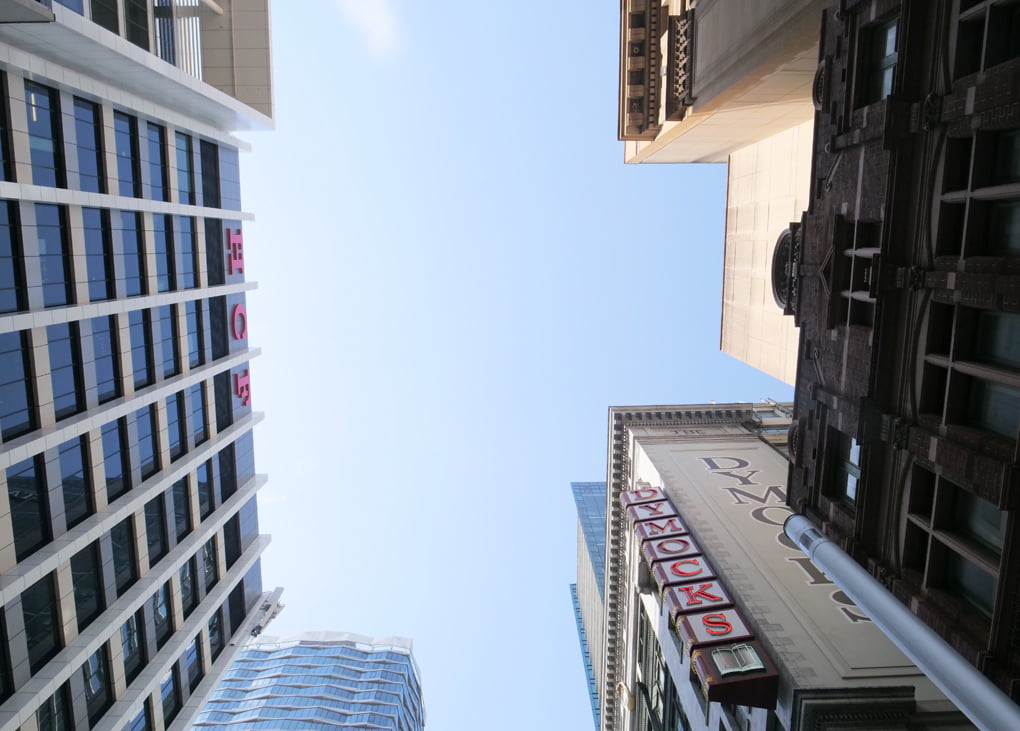HVAC maintenance in Australia’s mid-tier is the focus for a trio of reports just released through the Better Ways To Work project. The result of extensive surveys and deep-dive interviews with workers and stakeholders, the new publications shine a light on key issues in the sector.
The project was led by researchers at University of Wollongong, on behalf of the Australian Department of Industry, Science, Energy and Resources (DISER), with the aim of detailing how to improve energy efficiency in the mid-tier office sector. Although these older, smaller, and poorer-quality buildings make up most of the office building stock in Australia, they have been difficult to target with regulation or incentives.
“We know that the kinds of policy levers that work with the top end of town don’t work at this end of the market,” says University of Wollongong researcher Dr Chantel Carr.
“Poorly running HVAC systems consume the largest proportion of energy in these buildings, but owners are reluctant to upgrade or replace systems unless they break down completely, so time and cost are really driving decisions that impact on the long-term energy efficiency of buildings.”
Those who know …
A defining feature of the research was its reliance on talking to workers.
“We wanted to use the eyes and ears of those who service these buildings – HVAC contractors and facilities managers – to really understand how we could drive change in this segment of the market,” says Dr Carr.
The first step was a survey in which more than 1,000 respondents provided solid data about what they see in buildings, and the barriers to doing good maintenance, repair and retrofit work.
Next, the project team developed three deeper dives, involving more than 60 in-depth interviews and a more targeted follow-up survey, with people right across the industry.
The first “dive” was aimed at understanding the maintenance workflow better, to identify where to target information programs, incentive schemes or regulation for maximum effect.
The second was aimed at understanding how the issues contractors had reported in the mid-tier office sector translated into other types of buildings, including hotels, shopping centres and aged-care facilities.
The third project was aimed at better understanding some of the workforce issues identified in the survey, and exploring how government and industry could better collaborate to support a workforce that will be vital as Australia’s climate continues to change.
Key findings
Each report provided a range of valuable insights.
“The first project found that there is no ‘silver bullet’ to delivering better energy performance in our building stock,” Dr Carr says. “We need to get better information out to building owners so that they can make informed decisions at the point of retrofit, and we need to target incentive schemes more carefully at different types of owners, to encourage system upgrades and better maintenance.
“But these strategies can only take us so far, and contractors certainly supported the idea of lifting regulation in the sector, with widespread support for options like mandating inspections and logbooks.”
The second project found that many of the barriers to better maintenance in the mid-tier extend to other sectors such as shopping centres and hotels, especially in smaller suburban and regional centres.
“The issues that we’re dealing with are widespread,” says Dr Carr, “and the opportunities for retrofitting buildings are enormous. In aged care, regulation around comfort and safety means HVAC performance is more of a concern, though the solutions aren’t always in line with best-practice maintenance regimes, and we see evidence of a lot of ‘patching’ – installing splits, for example.”
The third project, which focused on professional development, emphasised that the HVAC workforce is already on the front line of Australia’s energy transition and that policies are urgently needed to ensure workers have the right skills to undertake what will be a huge retrofitting exercise across the entire building stock.
“This includes attracting people into the industry, retaining and giving them opportunities to develop careers, and building capacity in new technologies, but also soft skills,” says Dr Carr, “things like presenting a convincing business case for retrofitting to building owners.”
Next steps
The UOW team are currently working to produce academic outputs from the work, to place the results from the survey in the context of global experiences of energy transitions. The results will also be presented widely at events this year, including at ARBS 2022 and the Future of HVAC conference.
“We’re keen to continue the conversation with industry and policymakers,” says Dr Carr. “We’ll also be actively working to ensure the important issues raised through Better Ways to Work continue to be considered by the incoming federal government, who have a clear mandate to act on issues of climate change.”
To read the reports, click here.
 Mark Vender
Mark Vender


Leave a Reply